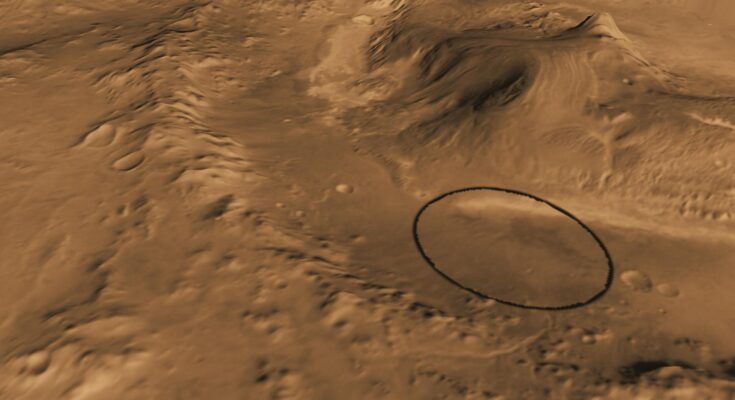For many years, scientists and the public have wondered if Mars ever had life. To find out, researchers looked at Mars’ old climate. They wanted to determine whether Mars was once warm and had water like Earth—or was it cold and icy, making it harder for life to exist?
A new study gives clues about this. Researchers found that Mars’ soil is similar to that of Newfoundland, Canada. Newfoundland is quite cold. This suggests Mars might have been cold, too.
The study, featured in Communications Earth and Environment, explored Earth soils similar to those in Mars’ Gale Crater. Scientists study soil to learn about past environments. The minerals in soil can reveal how landscapes have changed over time.
Learning about these materials’ origins might help answer questions about Mars’ history. The soil and rocks in Gale Crater show what Mars’ climate was like 3 to 4 billion years ago. This was when Mars had more water and life began on Earth.
Conditions on Mars and Earth are different
Anthony Feldman, a soil scientist and geomorphologist at DRI, explains that Gale Crater is an old lakebed, so there was clearly water. But what were the conditions when the water was there?
He notes that we won’t find an exact match for Mars on Earth because the planets are so different. However, by studying patterns on Earth, scientists can make educated guesses about Mars.
Since 2011, NASA’s Curiosity Rover has been exploring Gale Crater. It has discovered many soil materials called “X-ray amorphous material.” Unlike regular minerals, these materials don’t have a repetitive atomic structure. This makes them hard to identify with traditional methods like X-ray diffraction.
When X-rays hit materials like diamonds, they scatter in specific patterns based on the mineral’s structure. X-ray amorphous materials don’t produce these patterns. Curiosity Rover used this method and found that 15 to 73 percent of the soil and rock samples in Gale Crater are made up of X-ray amorphous material, as reported by Phys.org.
Chemical analyses of the soil and rock samples
The Curiosity Rover also analyzed the chemicals in the soil and rock samples. It found that the amorphous material had lots of iron and silica but not much aluminum.
Scientists still don’t fully understand what this amorphous material is or what it means for Mars’ past environment. Learning more about how these mysterious materials form and last on Earth could help answer questions about Mars.
Feldman and his team went to three places to find similar X-ray amorphous material. They visited the Tablelands of Gros Morne National Park in Newfoundland, the Klamath Mountains in Northern California, and western Nevada. These sites had serpentine soils, which the researchers thought would be like the material found in Gale Crater—rich in iron and silicon but low in aluminum.



